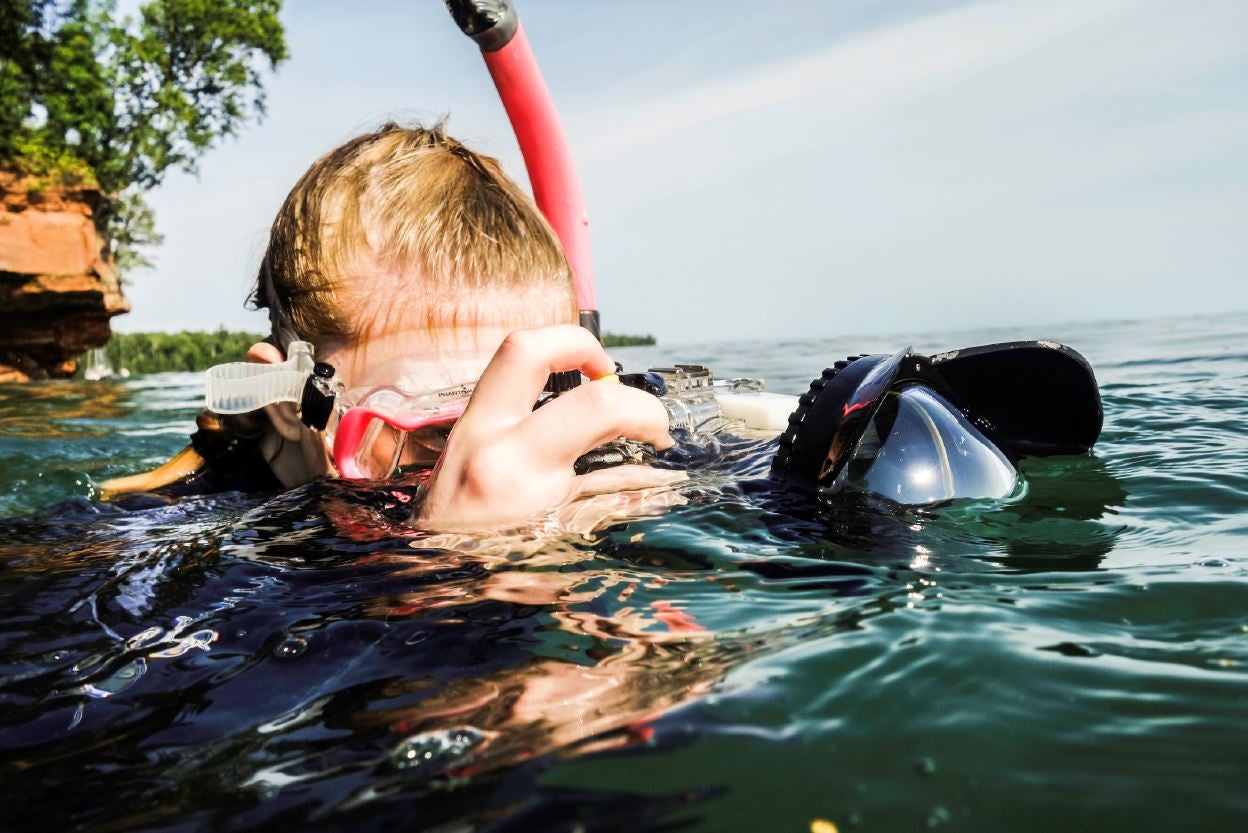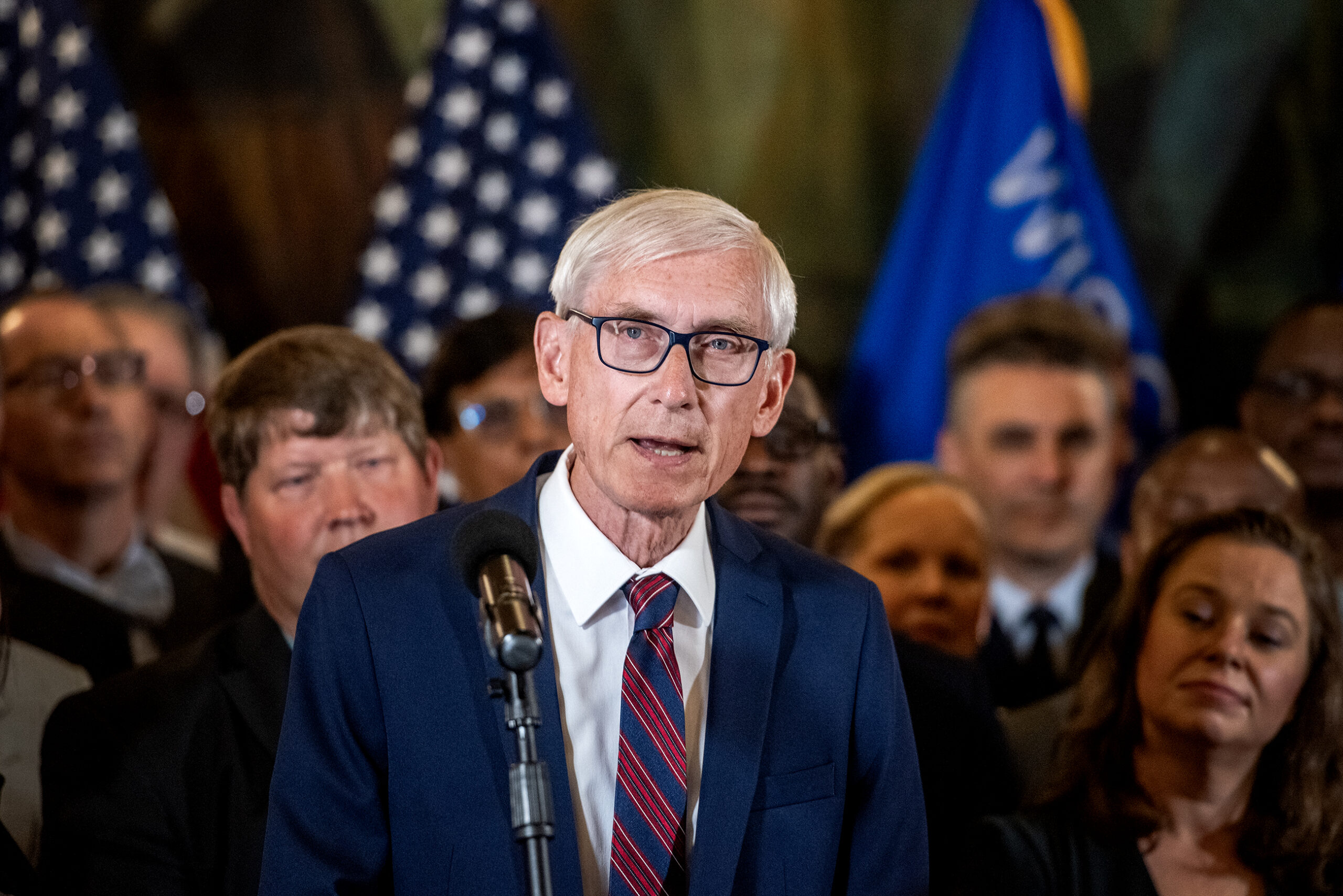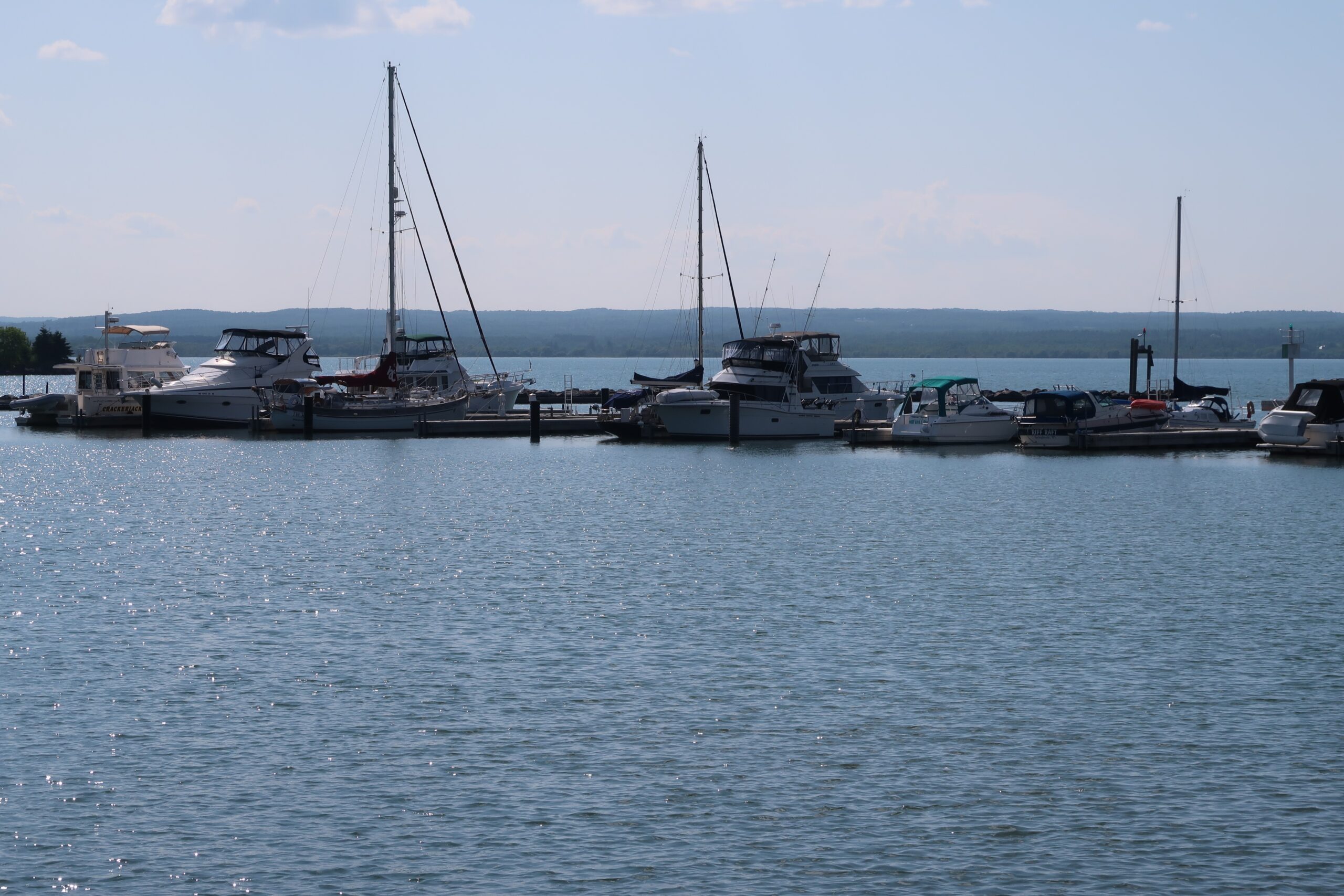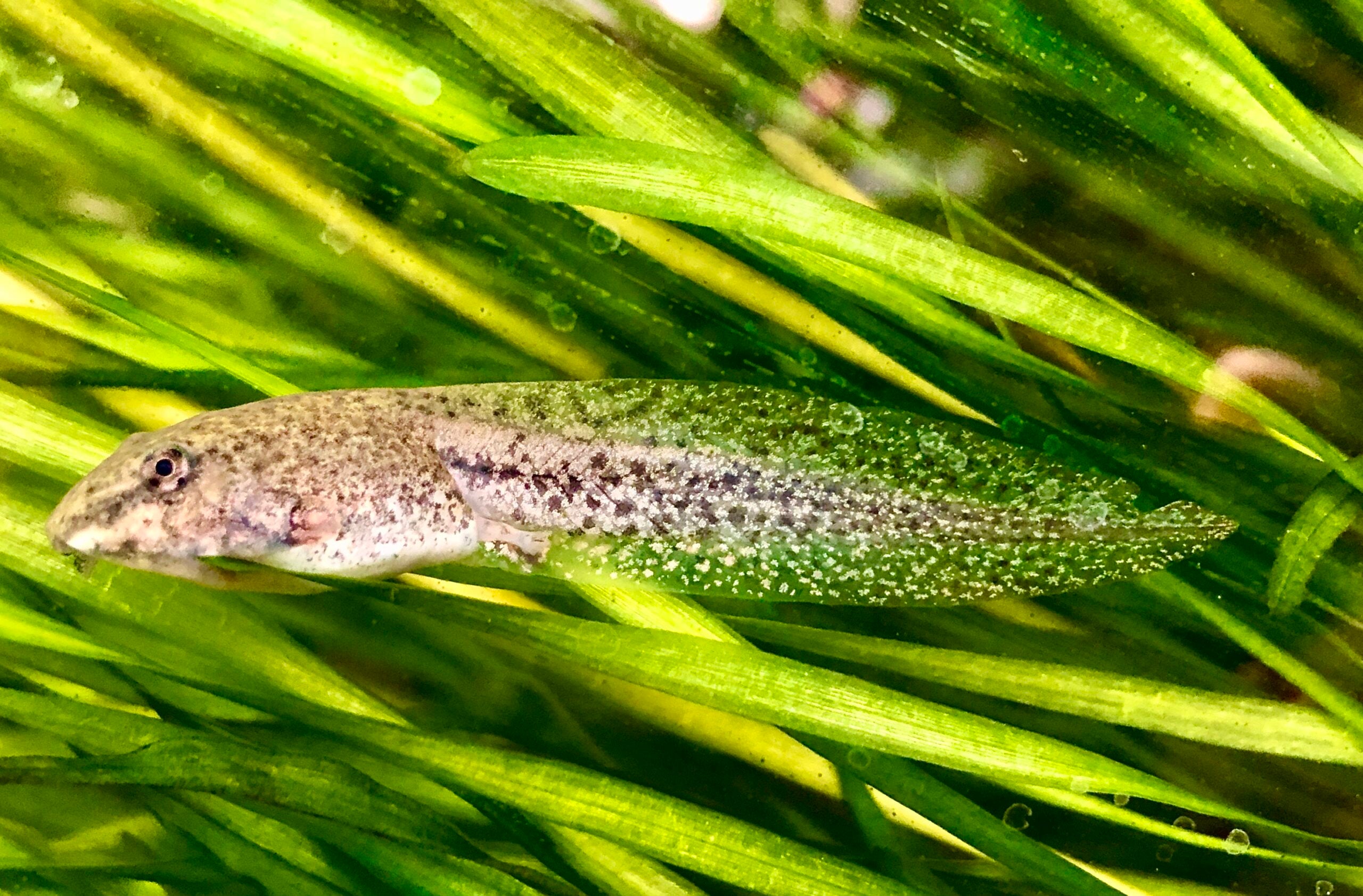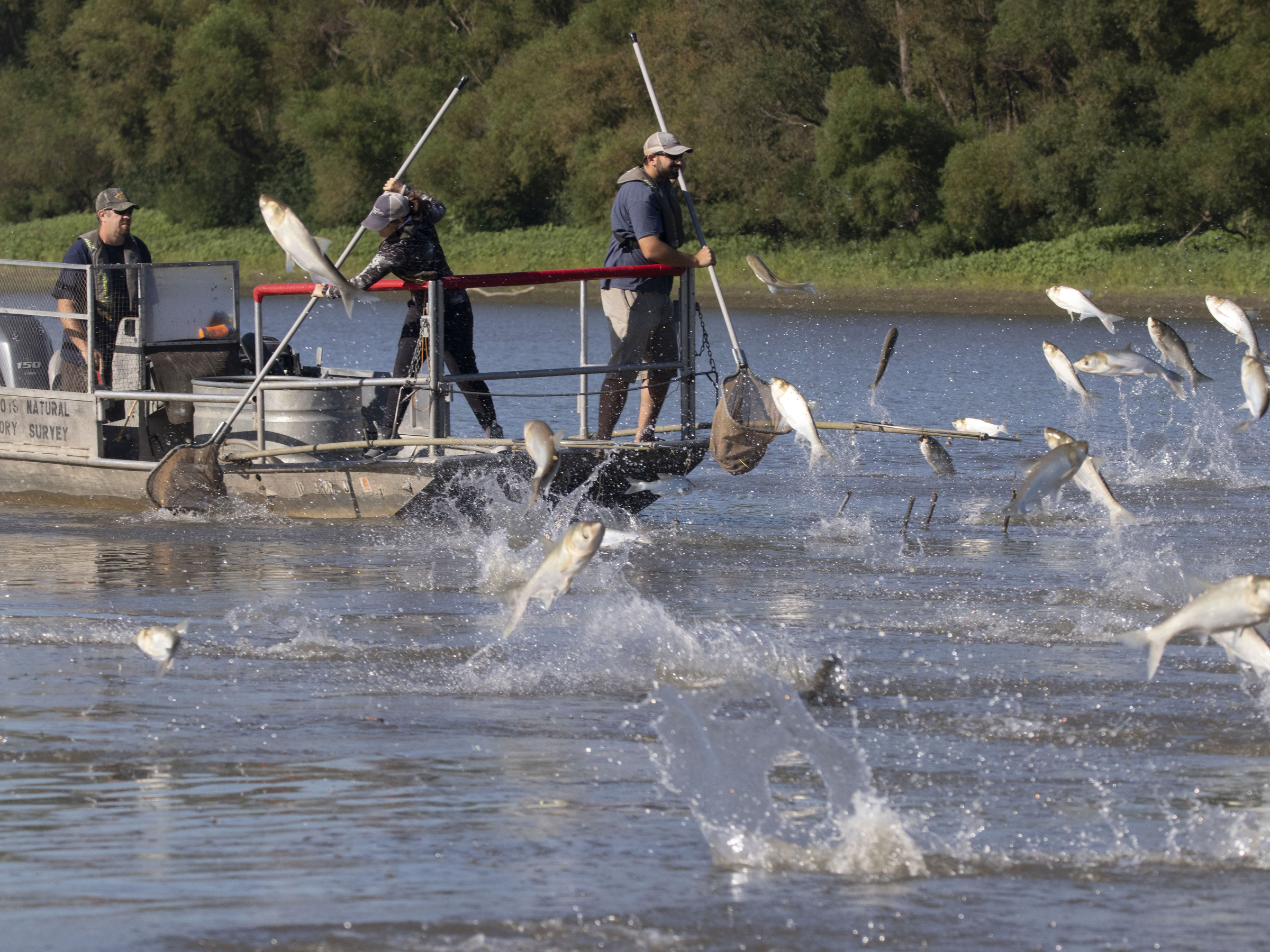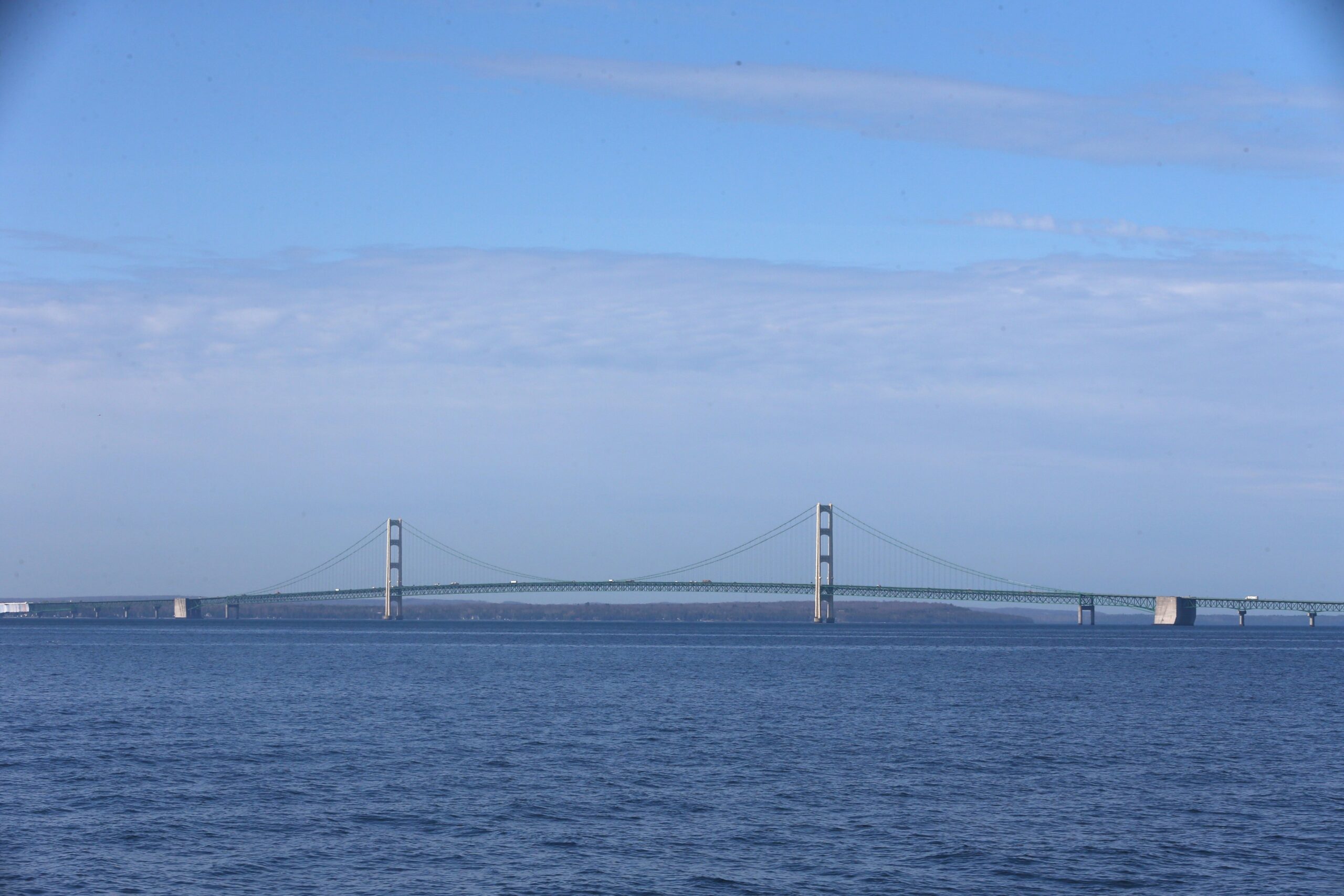The University of Wisconsin Sea Grant Institute is awarding $2.8 million to Great Lakes research and education projects. Congress recently restored $76.5 million in Sea Grant funding nationwide. The Trump administration had proposed eliminating the program.
Wisconsin Sea Grant recently announced funding for 19 research projects and 29 outreach proposals statewide for the next two years.
“The projects that are funded through 2020 should be solid because we have that funding,” said Jennifer Hauxwell, assistant director of research and student engagement for Wisconsin Sea Grant.
Stay informed on the latest news
Sign up for WPR’s email newsletter.
One project seeks to bring art and science together to educate at-risk youth about Great Lakes watersheds through an underwater photography program. Ian Karl works with troubled teens as an experiential program coordinator at the residential treatment center Northwest Passage.
“We snorkel throughout the watershed in lakes and rivers, and learn through exploration, and then document that learning through photography,” said Karl. “It really is a combination of science education, art education and opportunity for the kids to have a therapeutic experience in the water.”
That’s the most fun part of the project for Toben Lafrancois, assistant adjunct professor of natural resources and philosophy at Northland College in Ashland.
“To see this art program generating really interesting questions that the kids don’t even know they’re getting a really nice lecture on watersheds or mussels or fish,” he said.
Karl said the project also aims to draw attention to kids and waters that have been overlooked or taken for granted.
“Ideally, from a therapeutic sense, the water is helping take care of the kids,” Karl said. “The ultimate goal is that after the kids make that emotional connection to water and they learn from science and some background on it that somewhere down the line the kids will flip that coin over and be the ones to take care of the water.”
The program will be able to take up to 50 kids out on the water over the next two years with $50,000 in funding through Wisconsin Sea Grant, Karl said. Lafrancois said the outreach money is also expected to benefit at least 60 kids in northern Wisconsin schools. The plan is to display photographs in a gallery at Northwest Passage, as well as through a traveling exhibit across coastal communities.
Tools To Restore Health Of Green Bay Ecosystem
Other projects funded statewide include efforts to develop a management analysis tool to help restore the health of the Green Bay ecosystem, said Kevin Fermanich, a geoscience and environmental science professor at the University of Wisconsin-Green Bay. He said they’re working to develop an online tool that would use computer models to predict how changes in agriculture and development may impact the bay
“It’s really about building a system of tools to understand the entire Green Bay ecosystem and then how, if we change management practices, let’s say, up in the watershed or on farm fields or in our communities, how that will change how much of the pollutants are getting into the bay and how the bay will respond to those changes,” said Fermanich.
Hauxwell said the projects that were funded are vital to promoting education and protection of the Great Lakes.
“The first step is understanding what the problems are and science plays a key role in understanding what causes problems and also how to solve problems … It’s really important then to make sure that information is in the hands of people that make decisions,” she said. “That could be your average Wisconsin citizen deciding whether or not to go to a particular beach one day all the way to our policymakers who set policy about how we use and manage our coastal waters.”
Projects also funded include an effort to forecast dangerous currents on the south shore of Lake Superior and development of a new phosphorus model for Lake Michigan.
Wisconsin Public Radio, © Copyright 2024, Board of Regents of the University of Wisconsin System and Wisconsin Educational Communications Board.

